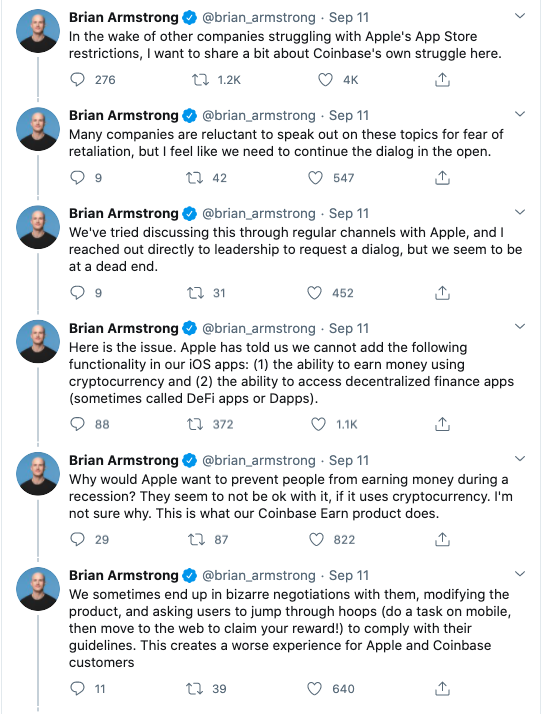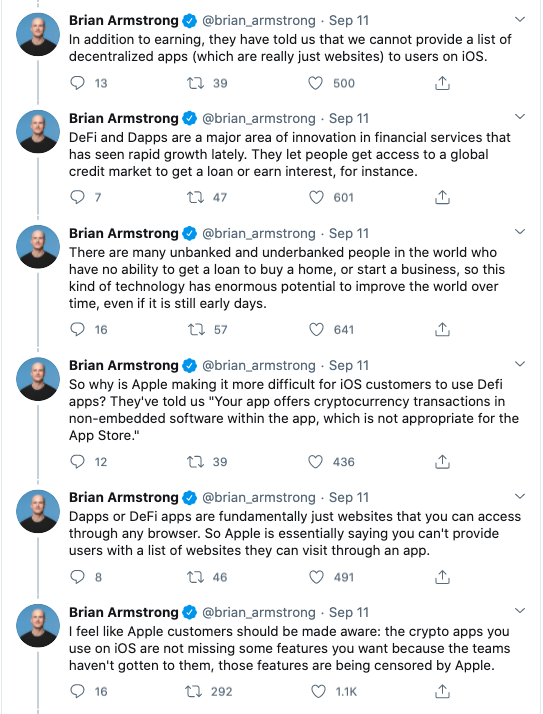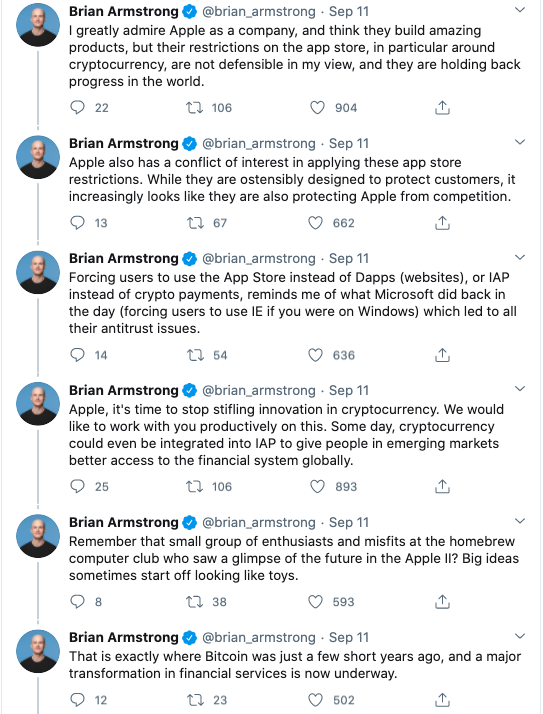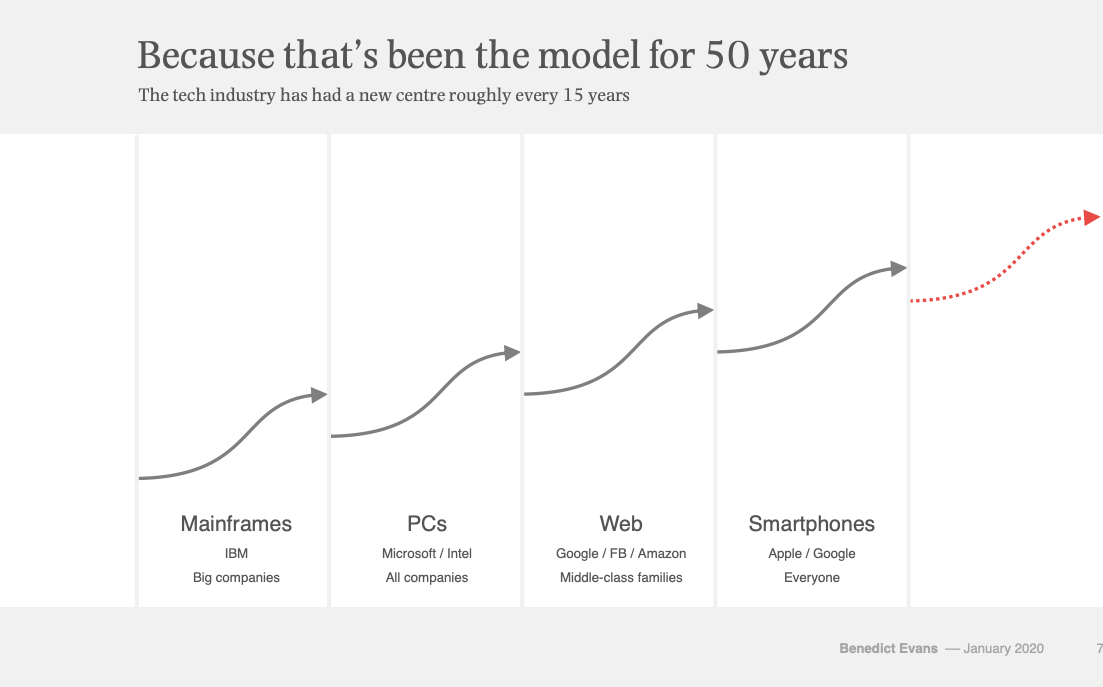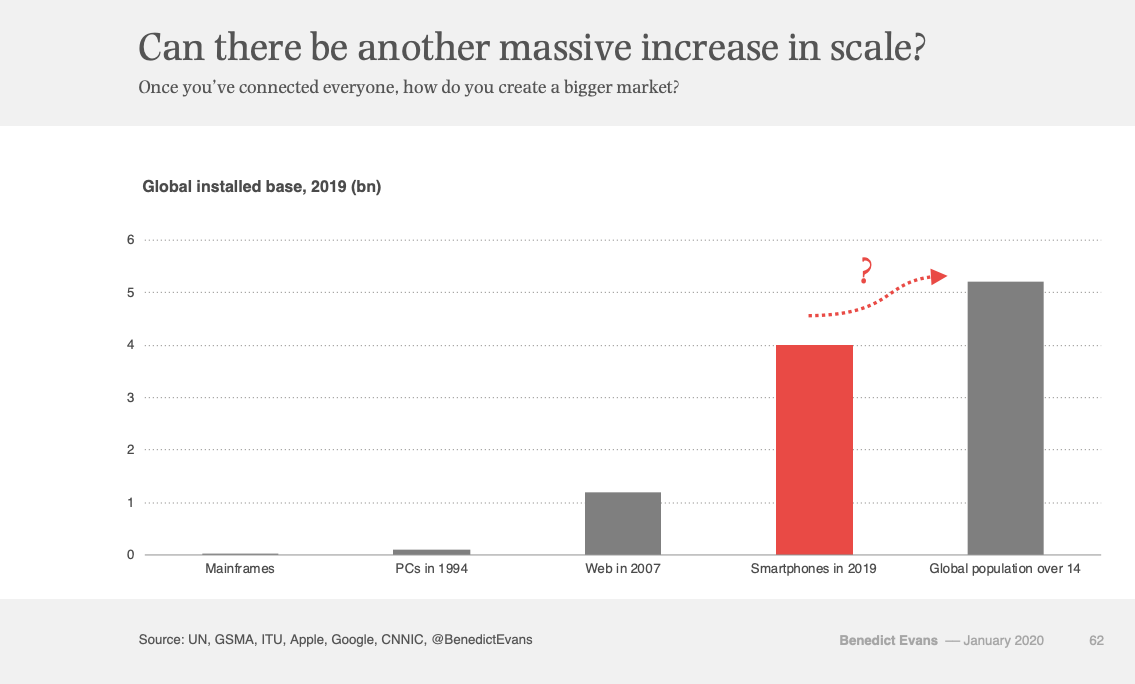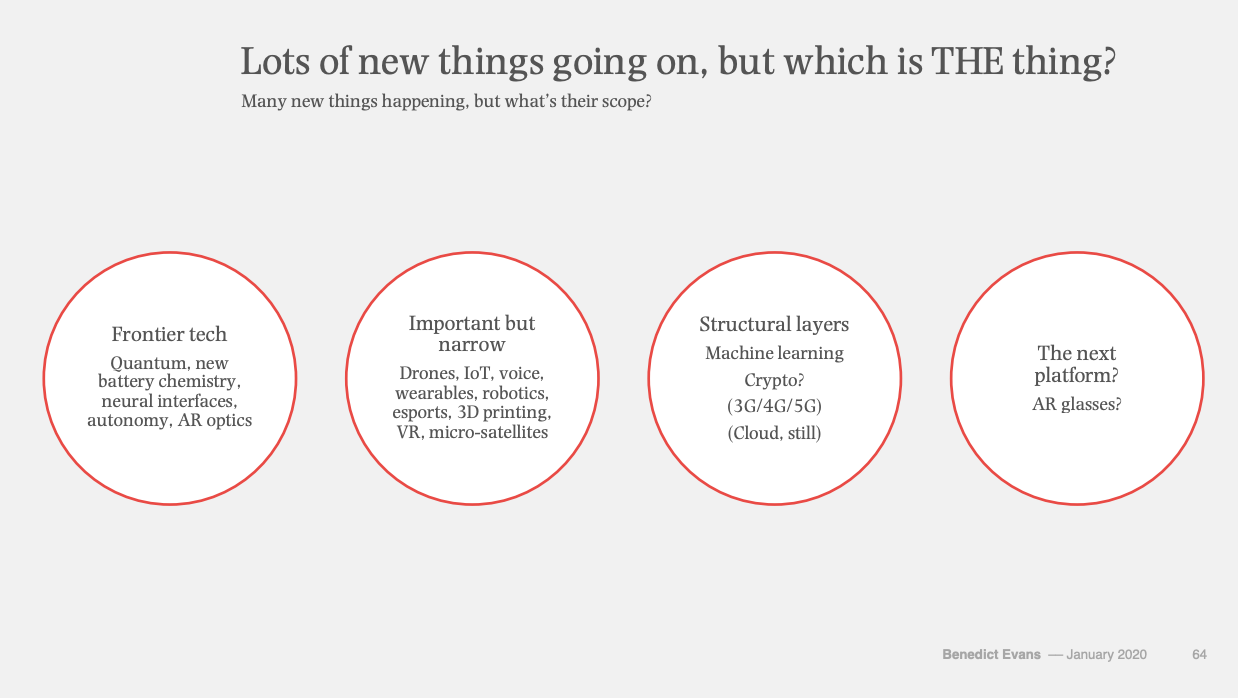Voice Input
Smartphones have had voice input for over a decade now and yet I don’t know that many people who use voice input regularly.
I would guess that maybe 10 to 20% of smartphone users are using voice input regularly. That’s a guess based on absolutely no data other than observing friends, family, and colleagues.
However, in the last week I have started to use voice input a lot more as a result of a friend encouraging me to do it.
Also in the last week, I’ve suggested to my mom that she start using voice input on her phone and I recommended that the Gotham Gal start using voice input to text and email.
So why now?
I don’t think it is because voice input has gotten appreciably better in the last couple of years. I think it is because typing on a phone is annoying and I want to do it less.
What I have observed in the last week using voice input is that the speech-to-text recognition is almost perfect.
But I have yet to figure out how to format things the way I like with voice. For example, I don’t really know how to create new paragraphs or punctuation. I don’t know how to embed links or attach files or photos.
I like to write in a list format. I don’t know how to do that with voice.
So I have a lot to learn about speaking to my phone instead of typing on it. But I think voice input is going to stick for me because I can feel the habit starting to form.
I’m excited to start engaging with my phone in a completely different way and learning new tricks.
And I expect I’ll probably write more blog posts this way.
I wrote this one entirely by speaking to my phone.
